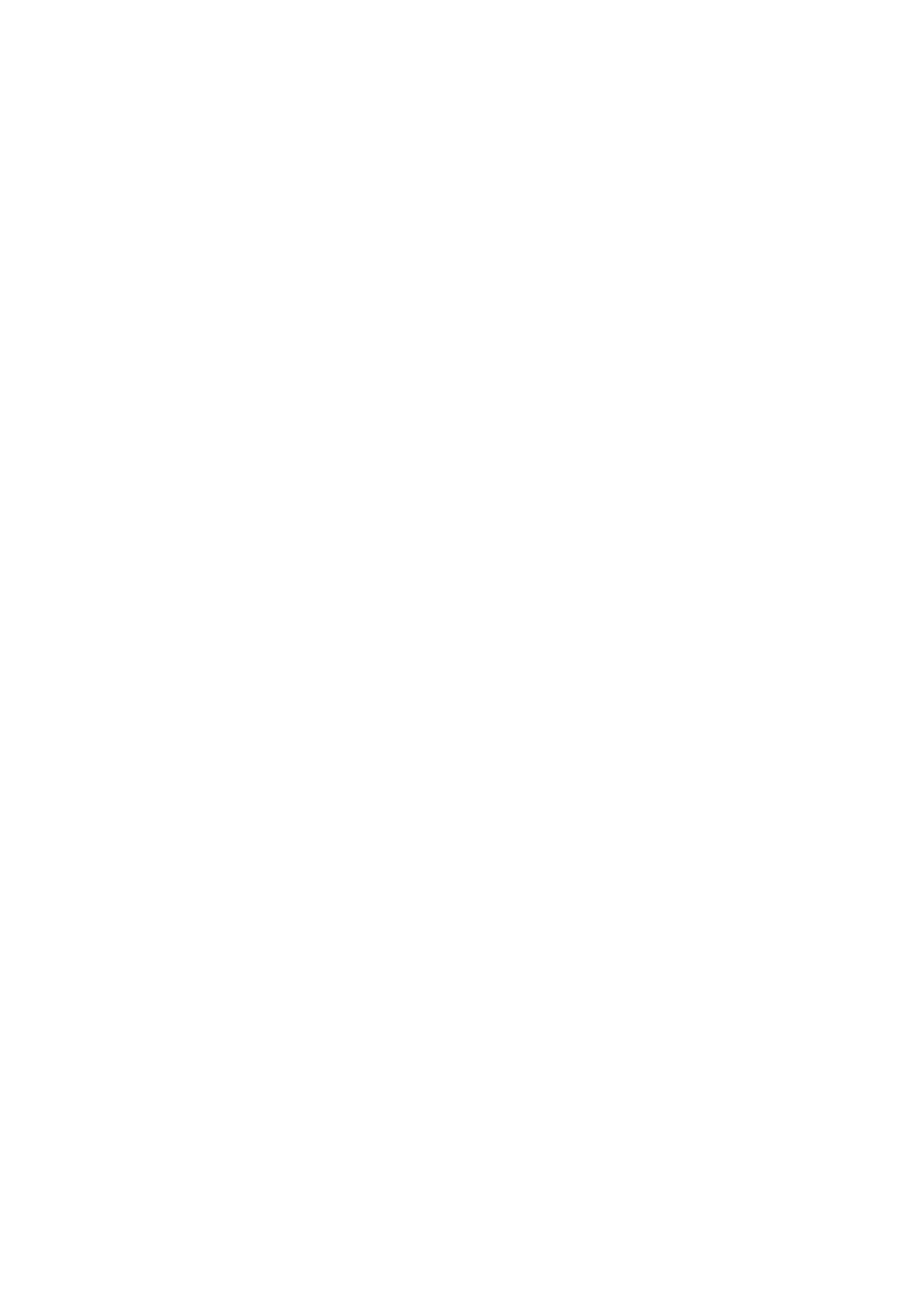2 out of 5 Industrial | Barcodes |
The blank zone before and after the barcode symbol should be at least 10 times the width of a narrow element.
Reference table for check digit calculation:
0 | 1 | 2 | 3 | 4 | 5 | 6 | 7 | 8 | 9 | A | B | C | D | E | F | G | H | I | J | K | L | M |
0 | 1 | 2 | 3 | 4 | 5 | 6 | 7 | 8 | 9 | 10 | 11 | 12 | 13 | 14 | 15 | 16 | 17 | 18 | 19 | 20 | 21 | 22 |
|
|
|
|
|
|
|
|
|
|
|
|
|
|
|
|
|
|
|
|
|
|
|
N | O | P | Q | R | S | T | U | V | W | X | Y | Z | - | . | Sp | $ | / | + | % |
|
|
|
23 | 24 | 25 | 26 | 27 | 28 | 29 | 30 | 31 | 32 | 33 | 34 | 35 | 36 | 37 | 38 | 39 | 40 | 41 | 42 |
|
|
|
|
|
|
|
|
|
|
|
|
|
|
|
|
|
|
|
|
|
|
|
|
|
|
Example of check digit calculation modulo 43:
Information characters | : | CODE 39 |
Sum of reference digits | : | 12+24+13+14+38+3+9=113 |
Modulo 43 | : | 113 mod 43 = 27 (113/43 = rem. 27) |
Check digit | : | 27 |
Printable character | : | R (= 27) |
2 out of 5 Industrial
The character complement of the 2 out of 5 Industrial code comprises:
–10 digits: 0 1 2 3 4 5 6 7 8 9
–Start/stop characters: :/; </=
The number of characters is variable.
The start/stop characters are programmed with the characters : and ;. Alternatively, the characters < and = can be used as start/stop characters.
In the plain text line, the characters . and ; or < and = are printed for start/stop.
The symbol layout is
The ratio of wide to narrow elements should be between 2.0 and 3.0. A ratio of 2.5 is recom- mended for applications.
The code permits large tolerances between ±15% and 20%.
The blank zone before and after the barcode symbol should be at least 10 times the width of a narrow element.
Programmer Reference Guide |
